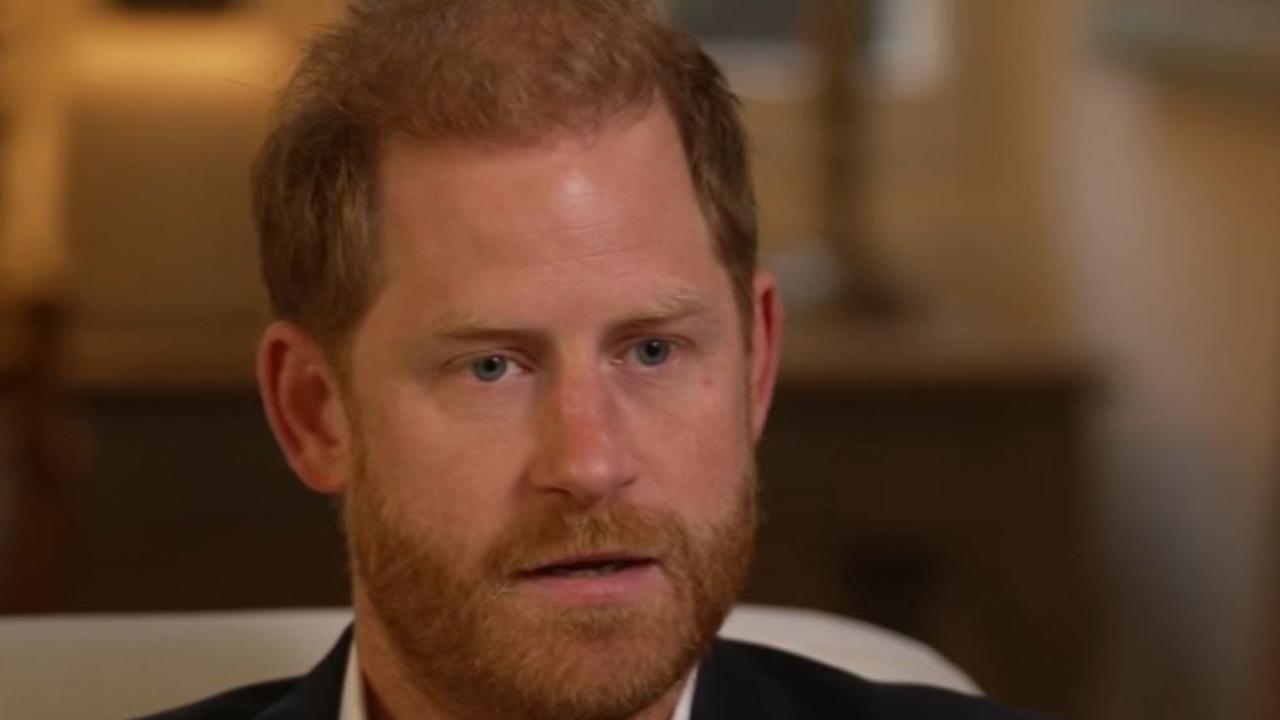Boxing Day 2004 tsunami 20th anniversary: Emotional ceremonies mark disaster
They are the places that time forgot. As vigils are held to commemorate 20 years since the Boxing Day tsunami, reminders of that horrific day are still visible. See the incredible photos.
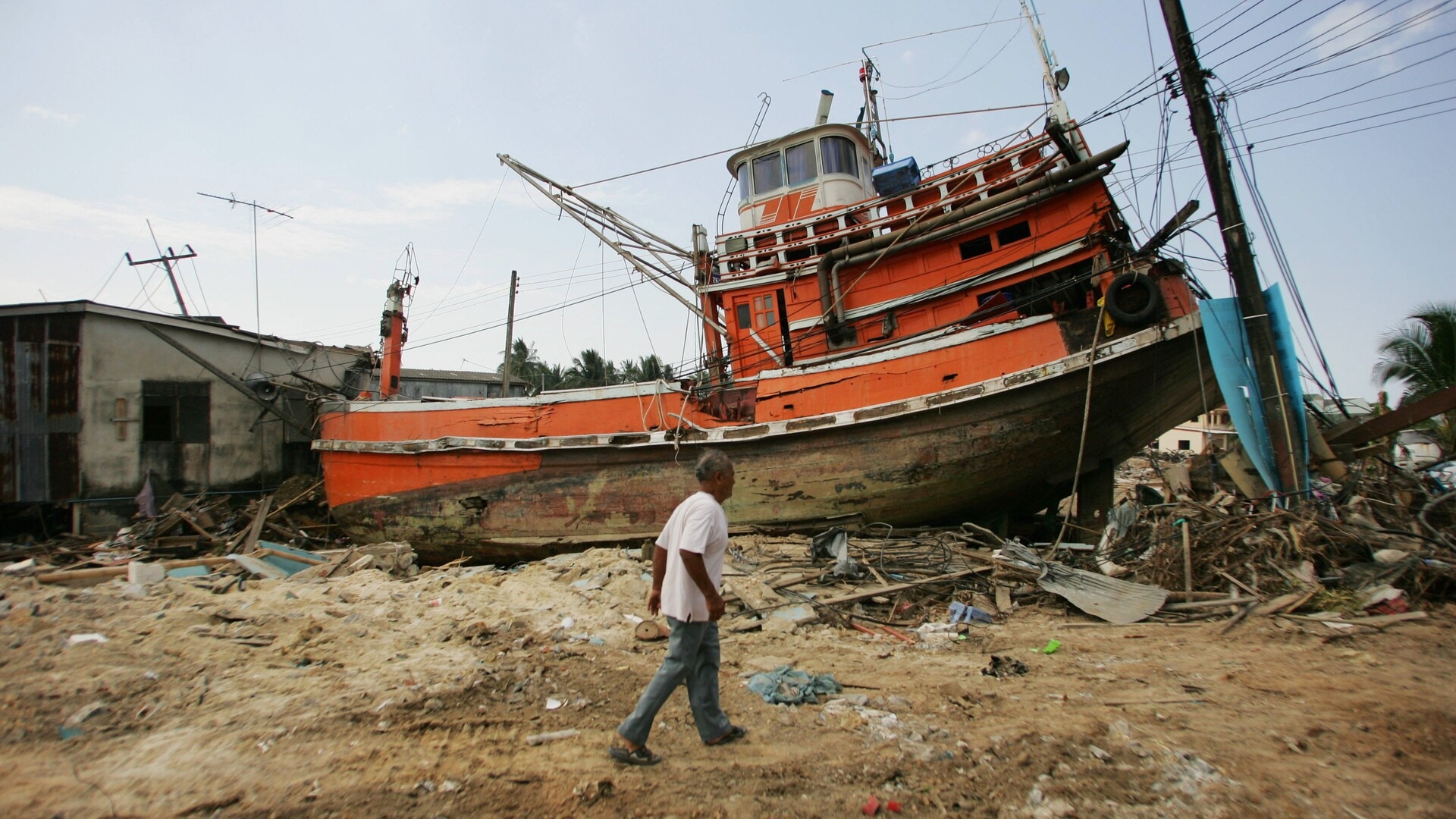
World
Don't miss out on the headlines from World. Followed categories will be added to My News.
They are the tsunami-ravaged locations that time forgot.
Twenty years after the 2004 Boxing Day tsunami caused unimaginable devastation across 14 countries, reminders of that horrific day are still visible.
All these years later, some communities are still living, literally, in the shadow of one of the worst natural disasters in human history.
To this day, remnants of the tragedy lie in coastal towns where the massive waves pummelled the coastlines of multiple nations, leaving an estimated 220,000 dead.
Indonesia suffered the highest death toll, with more than 160,000 people killed along its western coast.
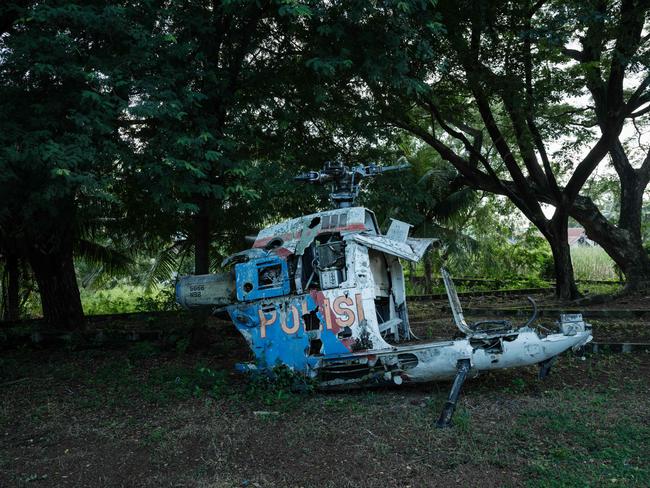
Emotional ceremonies are being held across Asia on Thursday to remember those who lost their lives in the carnage.
Beachside memorials and religious ceremonies are taking place in Indonesia, Sri Lanka, India and Thailand, which were the worst hit countries.
In heartbreaking scenes, weeping mourners gathered at a mass grave in Ulee Lheue village, the burial site of thousands of unidentified and unclaimed tsunami victims.

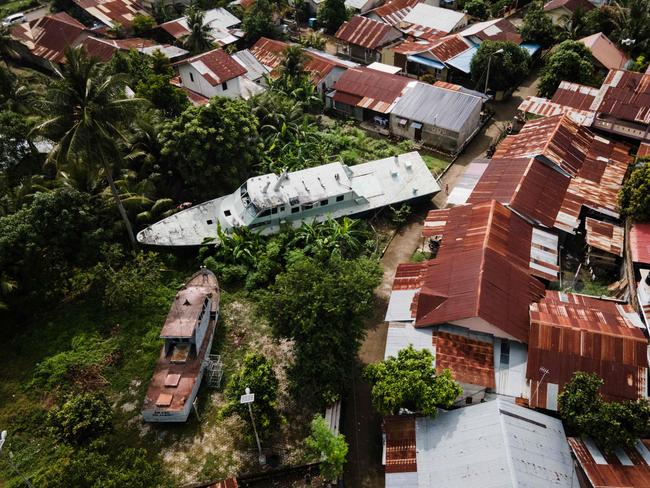
The people who endured the tsunami still live with constant reminders of the tragedy two decades later.
In Banda Aceh, two patrol boats that washed ashore in the disaster lie surrounded by a cluster of houses.
Their proximity to the dwellings is filled with sombre meaning — the villagers wanted the vessels to be left as they were and preserved as a memorial to those who perished.
They also stand testament to the incredible resilience of those who managed to survive and rebuild their lives and towns after the unthinkable occurred.
In another Banda Aceh neighbourhood, a boat that was swept onto the roof of a building, captured so memorably at the time in a haunting photograph of survivor Wak Kolak sitting among the rubble, still lies atop the structure.
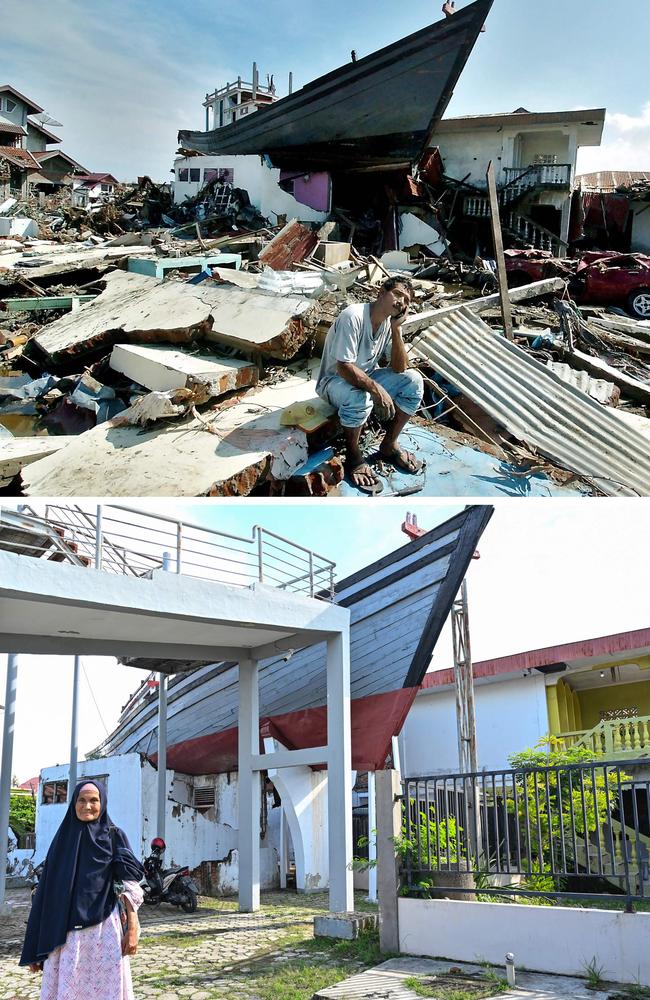
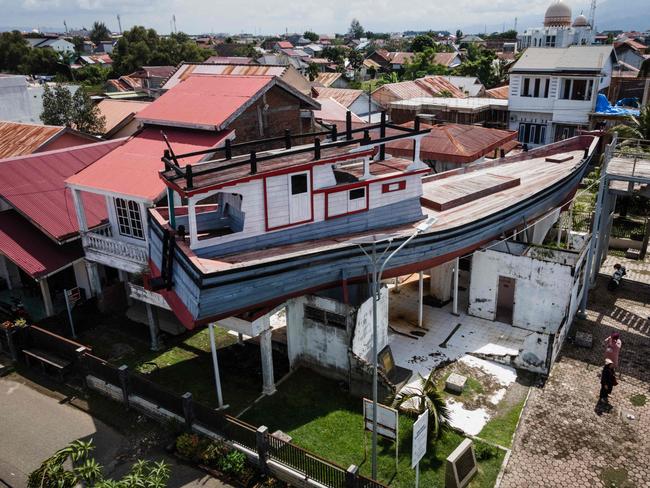
Nearby, a massive diesel generator vessel that washed into a residential area dominates the coastline.
Also preserved, the boat now serves as a tsunami-themed museum.
Similarly, a boat that washed ashore in the southern Thai province of Phang Nga has also been turned into a tsunami museum honouring those who were lost.
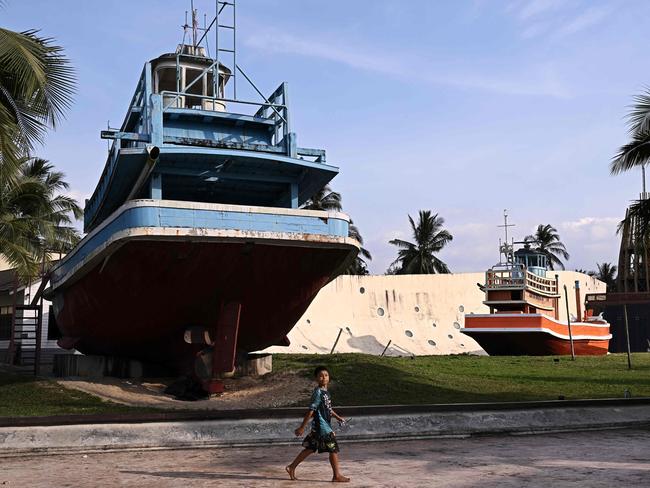
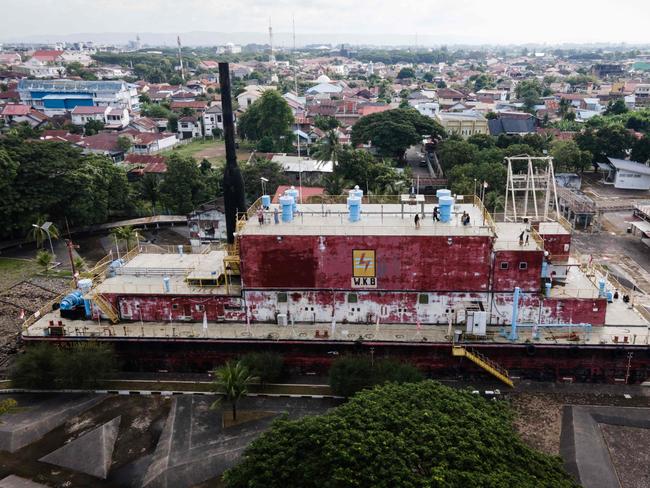
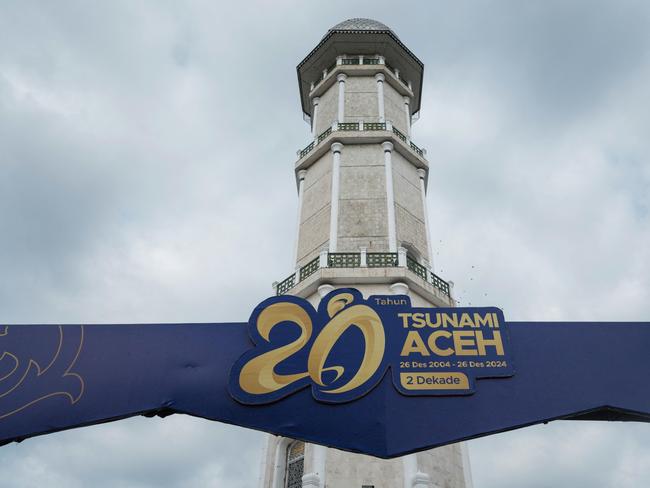
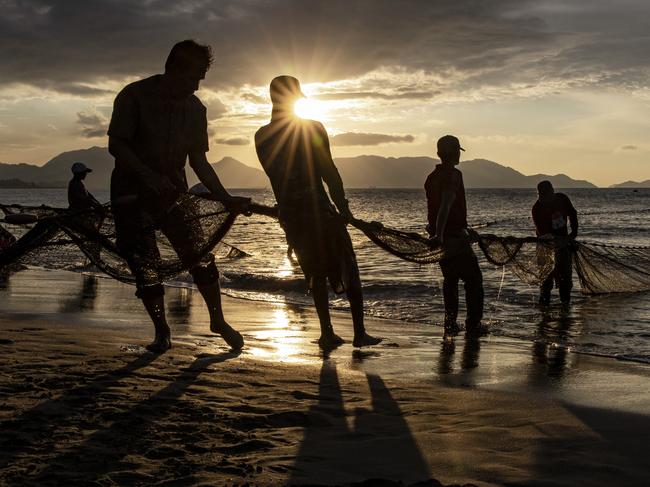
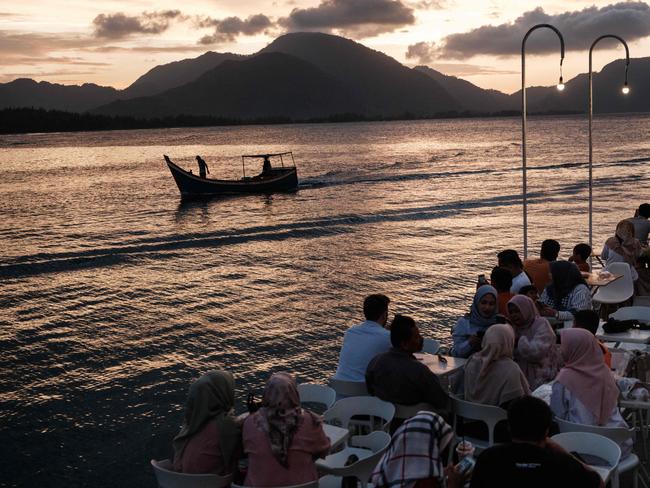
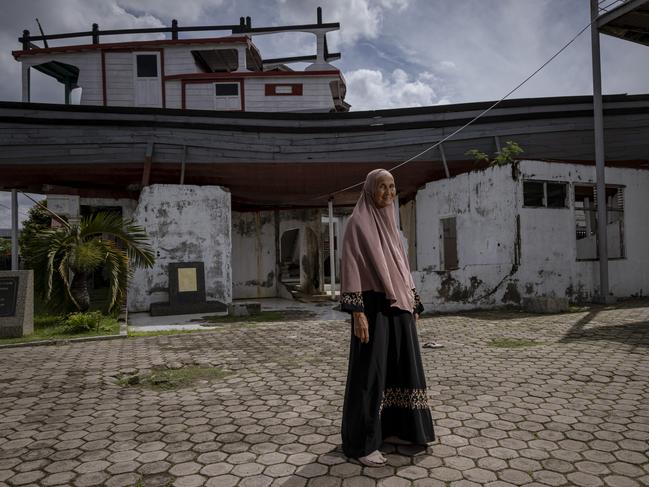
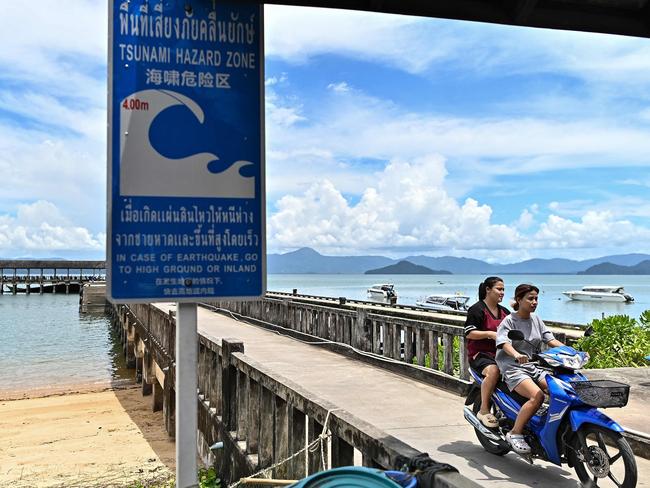
In Sri Lanka, where more than 35,000 people perished, survivors and relatives were to gather to remember around 1,000 victims who died when waves derailed a passenger train.
The mourners will board the restored Ocean Queen Express and head to Peraliya — the exact spot where it was ripped from the tracks, around 90 kilometres south of Colombo.
A brief religious ceremony will be held with relatives of the dead there while Buddhist, Hindu, Christian and Muslim ceremonies are also organised to commemorate victims across the South Asian island nation.
In Thailand, where half of the more than 5,000 dead were foreign tourists, unofficial vigils will accompany a government memorial ceremony.
ASIA MOURNS 20 YEARS ON
In Indonesia’s Aceh province where more than 100,000 people were killed in the tsunami, a siren rang out at the Baiturrahman Grand Mosque to kick off a series of memorials around the region on Thursday.
“I thought it was doomsday,” said Hasnawati, a 54-year-old teacher who goes by one name.
“On a Sunday morning where our family were all laughing together, suddenly a disaster struck and everything’s gone. I can’t describe it with words.”
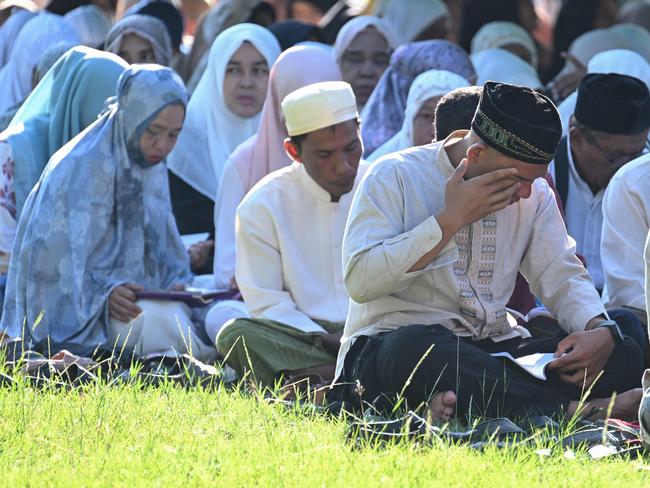
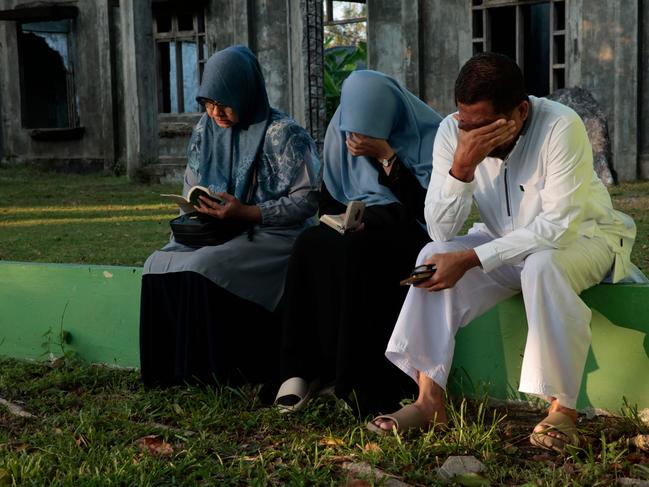
Some mourners sat and cried at Aceh’s Ulee Lheue mass grave, where around 14,000 people were buried, while some villages held their own prayers around the province as they remembered the tragedy that devastated entire communities.
Indonesians will later visit a larger mass grave and hold a communal prayer in provincial capital Banda Aceh, while beachside memorials and religious ceremonies were held in Sri Lanka, India and Thailand, some of the worst-hit countries.
In Thailand, where half of the more than 5,000 dead were foreign tourists, commemorations started early in Ban Nam Khem, the country’s worst hit village.
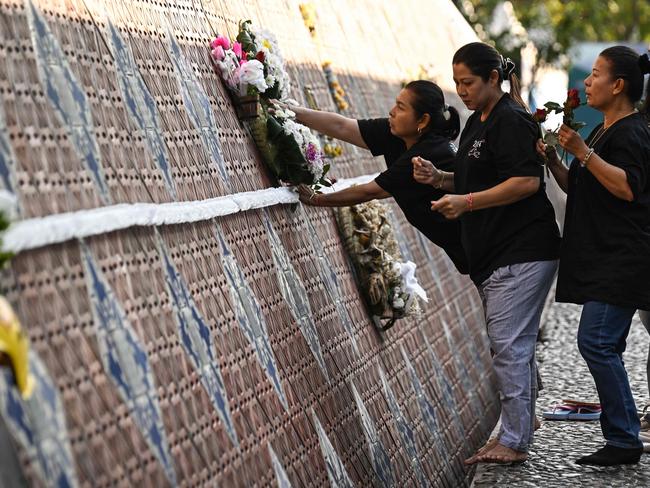
Tearful relatives of the dead laid flowers and wreaths at a curved wall in the shape of a tsunami wave with plaques bearing victims’ names.
Napaporn Pakawan, 55, lost her older sister and a niece in the tragedy. “I feel dismay. I come here every year,” she said.
“Time flies but time is slow in our mind.”
HOW THE WORLD’S WORST NATURAL DISASTER UNFOLDED
The tsunami was triggered by the longest fault line rupture from an earthquake ever observed, seconds before 7.59am on December 26, 2004.
The ocean floor opened at least 1,200 kilometres in length between the India plate and Burma microplate.
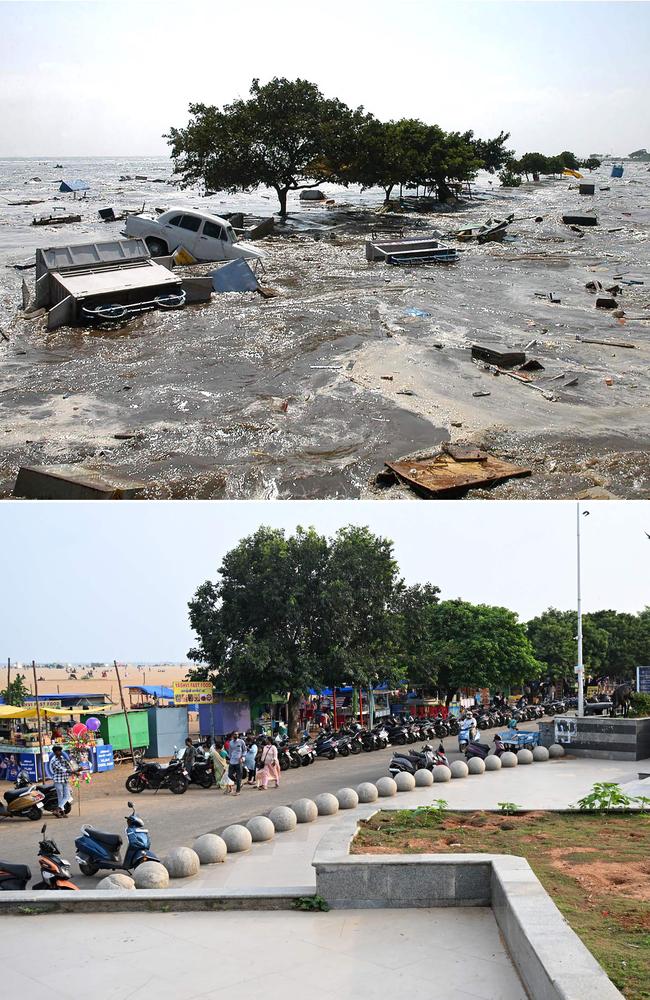
It created waves more than 30 metres high, releasing energy equivalent to 23,000 Hiroshima atomic bombs and causing widespread destruction.
The magnitude was initially recorded at 8.8, before the United States Geological Survey gave its official magnitude of 9.1 and depth as 30 kilometres.
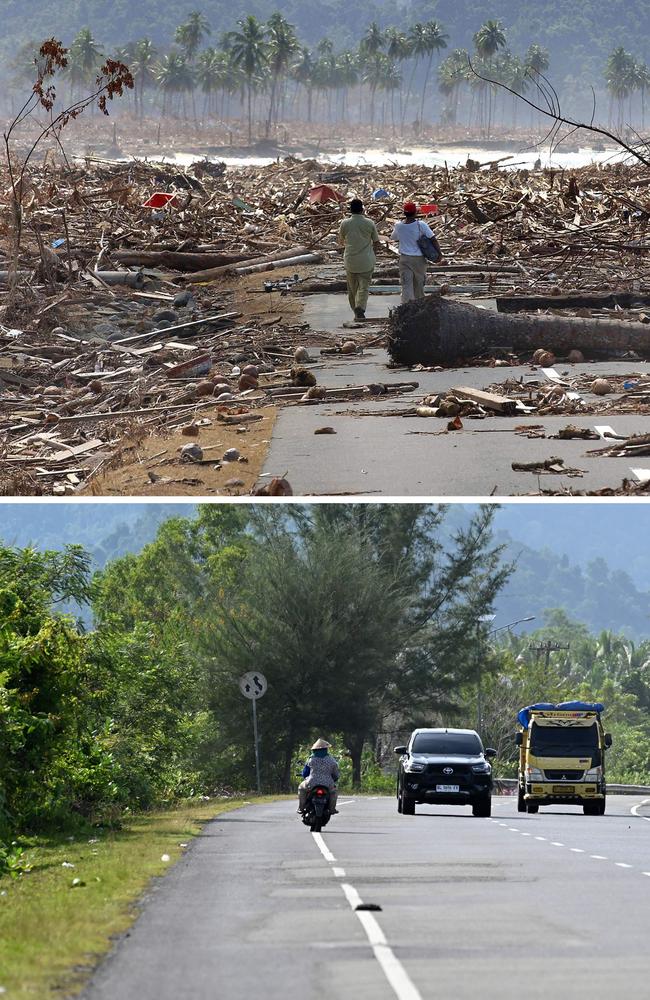
Indonesia is a vast archipelago nation on the Pacific “Ring of Fire”, an arc of intense seismic activity stretching from Japan through Southeast Asia and across the Pacific basin.
A total of 226,408 people died as a result of the tsunami, according to EM-DAT, a recognised global disaster database.
The worst affected area was northern Sumatra, where more than 120,000 people were killed out of a total of 165,708 dead in Indonesia.
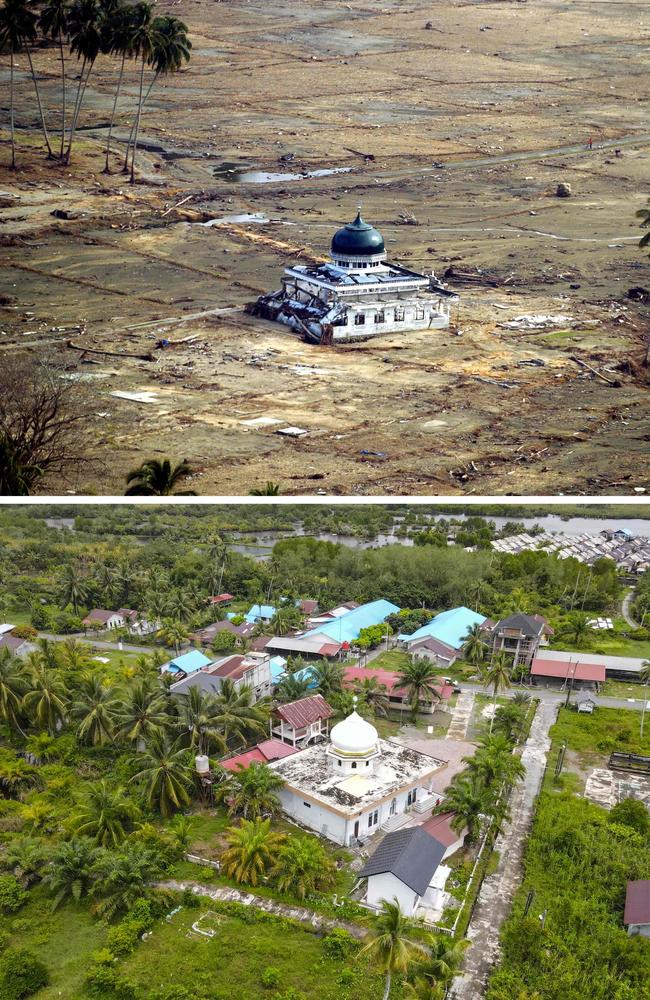
The huge waves travelled around the Indian Ocean, hitting Sri Lanka, India and Thailand hours later.
At their fastest the waves travelled at over 800kmh, more than twice the speed of a bullet train.
More than 35,000 were killed in Sri Lanka, with 16,389 killed in India and 8,345 in Thailand, according to EM-DAT.
Nearly 300 were killed in Somalia, more than 100 in the Maldives, as well as dozens in Malaysia and Myanmar.

The tsunami displaced more than 1.5 million people and sparked disaster relief of around $14 billion pledged from the international community, according to the United Nations.
Hundreds of thousands of buildings were destroyed, leaving in some cases entire communities homeless.
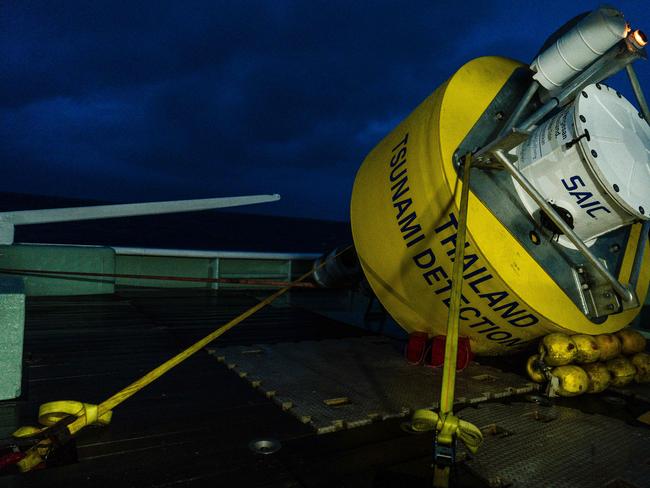
A splurge in reconstruction has transformed the worst-hit city Banda Aceh. More than 100,000 houses were rebuilt in the westernmost Indonesian province of Aceh alone, according to the Indonesian government.
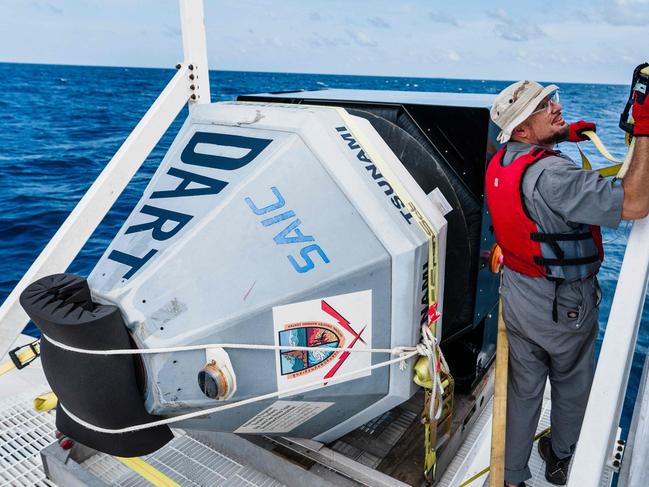
The tsunami also forced a reckoning about the preparedness of coastal communities around the Indian Ocean basin.
At the time of the earthquake, there was no warning system in place in the Indian Ocean.
But now, 1,400 stations globally cut warning times to just minutes after a tsunami wave forms.
Experts said the lack of a properly co-ordinated warning system in 2004 had made the disaster’s impact worse.
Ocean scientists say we are more prepared than ever thanks to millions of dollars being invested into tsunami warning systems, but warn that the impact of a catastrophic tsunami can never be completely prevented.
— with AFP
More Coverage
Originally published as Boxing Day 2004 tsunami 20th anniversary: Emotional ceremonies mark disaster




